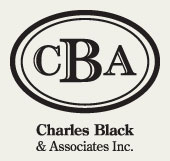WORKSHOP
Troubleshooting Skills
Course Description |
This course provides a systematic approach to troubleshooting for maintenance technicians at any experience level. Participants will learn to analyze their equipment by first sketching maps of the process, systems, and physical equipment layouts as well as learning to use their existing schematics. They will learn to measure and record the equipment settings during normal operation including inputs and outputs. Once the normal operation of the machine is mapped and understood, troubleshooting any issue becomes easier. By incorporating tools such as troubleshooting matrices, systems and process tables, and analysis-before-action plans, the participants will be able to choose the fastest way to find root cause of the issue and prevent future occurrences of the problem. |
Course Length |
16 hours |
Class Size |
Maximum 8 participants |
Prerequisites |
This class is recommended for those actively employed as Maintenance Personnel. |
Instructional Methods |
Methods: Class room discussion and “hands on” application using sample documentation provided by Client Oranization. Participants will provide existing or previous maintenance issues for use during troubleshooting exercises. Exams/Quizzes: Pre/Post Test, In-class exercises, simulations and demonstration of skills during “real time” application. |
Outline |
Day 1
Day 2:
|
Objectives |
At the conclusion of this workshop participants will be able to:
|
